Treatment of Chromium Contamination in the Environment
Chromium exits in the environment in trivalent Cr(III) and hexavalent Cr(VI) oxidation states. Cr(VI) is approximately 10 to 100 times more toxic than Cr (III) because its oxidizing potential is high and it easily penetrates biological membranes. In addition, Cr(VI) leads to liver damage, pulmonary congestion and causes skin irritation resulting in ulcer formation. Furthermore, a high Cr(VI) concentration is related to abnormal enzyme activities, altered blood chemistry, lowered resistance to pathogenic organisms, behavioral modifications, disrupted feeding, histopathology and hormo-regularatory upset. This book provides information regarding the treatment of Chromium contamination in our present environment
{{comment.content}}
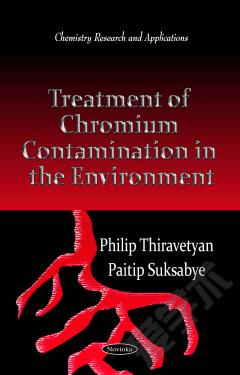
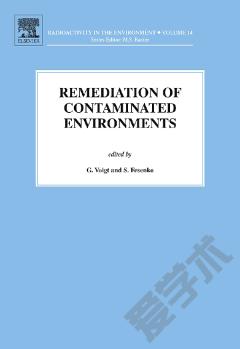
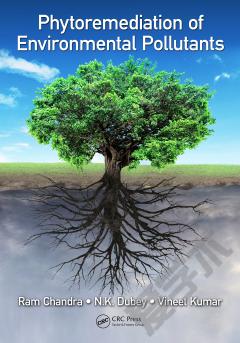
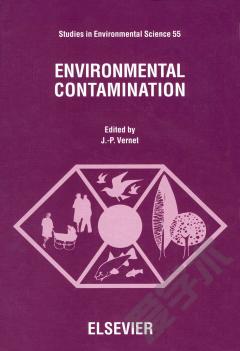
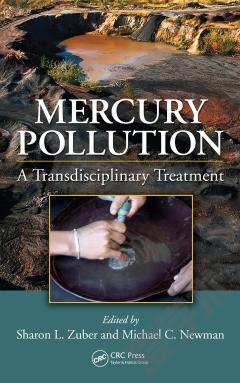

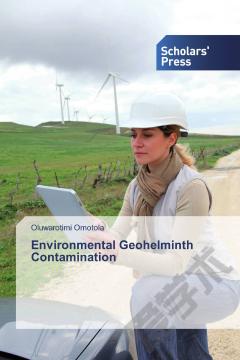

 京公网安备 11010802027623号
京公网安备 11010802027623号